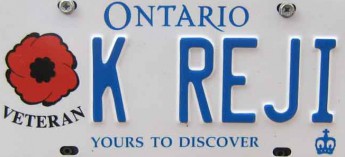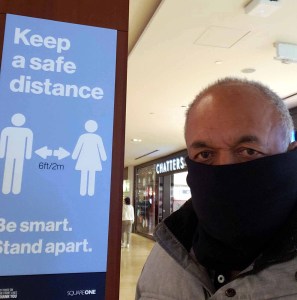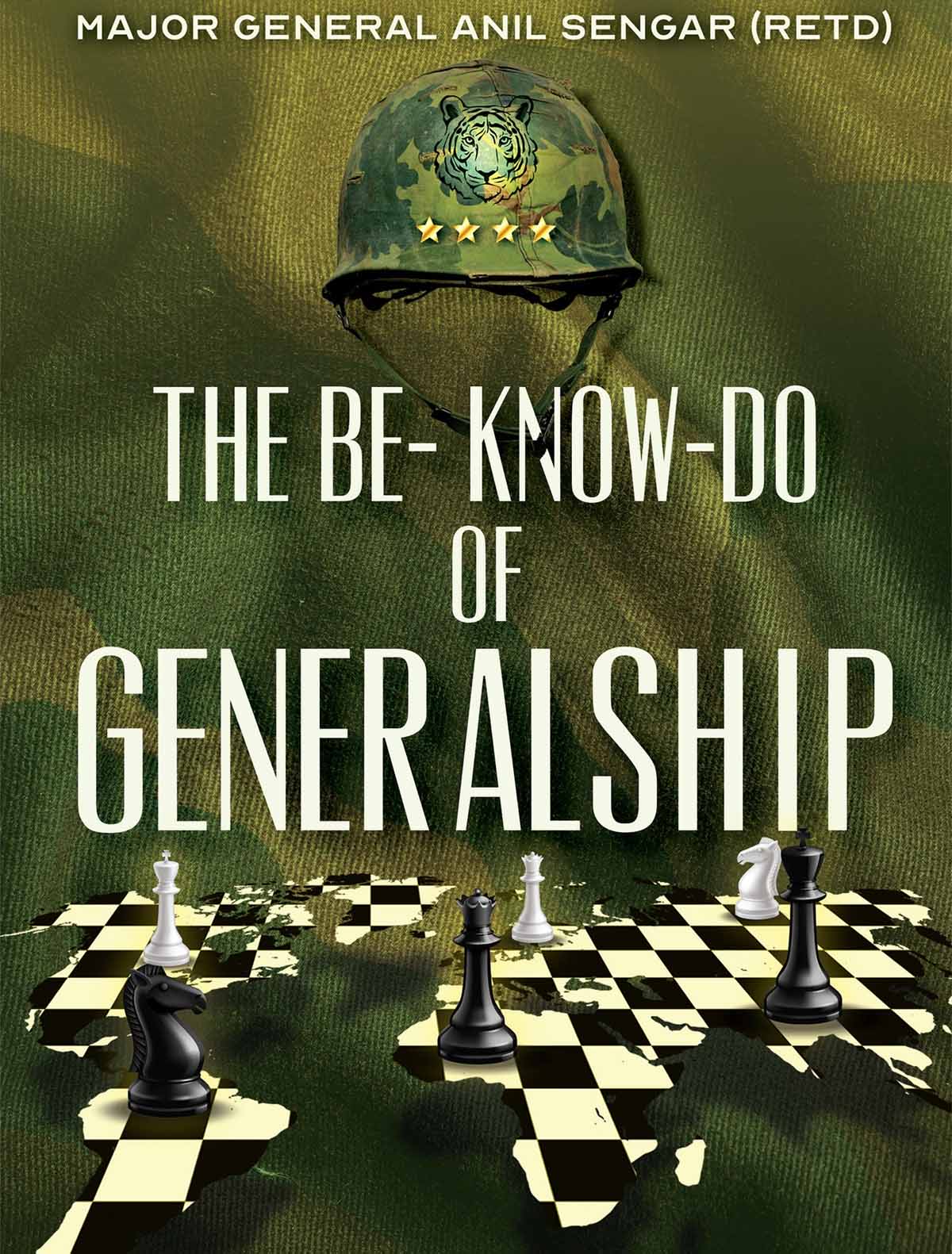
My book ‘Son of a Gunner’ is partly inspired by this hero – Late Lieutenant ET Joseph.
June 1992 in Nagaland, Lieutenant E Thomas Joseph had finished packing for his trip home for a two-month-long leave to his hometown – Kanjiramattom near Kottayam, Kerala. Commissioned in June 1991 in the Corps of Military Intelligence, this young officer had finished his year-long attachment with the First Battalion of the Fifth Gorkhas (1/5 GR.)
Suddenly reports of some movement from insurgents in the area began to come in. The Commanding Officer got his Quick Reaction Team together. No one suggested that Joseph go along because the young officer had already got his posting orders and had been dined out from the Unit the previous day. Since he knew the terrain well, he volunteered to go with the team for the operation at night. The other officers tried to dissuade him, but he insisted on going- never to return.
By the next day, his father, Subedar Major A T Joseph, received the news of his son’s death. He immediately left for Nagaland where he laid the mortal remains of his only son to rest.
Col Sajan Moideen, one of Joseph’s coursemates from IMA days, wrote about this tragedy in his blog years later: ‘Deep down, both Joseph and his wife Thressiamma tried their best to overcome their grief. But a sadness that had no closure couldn’t be overcome. The mother in Thressiamma longed to visit the burial place. But they were unable to afford the long journey. Where would they gather that kind of money? How would they travel thousands of miles? Who would know the place? Who would help them? With old age catching up, the hope just faded away. They hoped to meet their son at God’s abode one day.’

June 2016, Lieutenant Joseph’s IMA coursemates from the 88th Regular and 71st Technical Course celebrated their 25th year of service to the nation. They remembered their fallen comrades. Eight spouses, brothers and sisters of the Martyrs travelled from far and wide including Australia to participate in the three day celebrations where over 140 officers, 100 ladies and 100 children attended. To remember and honour the fallen amongst them and to make their families proud, they were presented an apt memento.
But Joseph’s parents were not there. AT Joseph and Thressiamma could not be contacted as they had settled down in Kottayam, Kerala.
With great difficulty, an officer posted in Kerala traced out Joseph’s parents and the mother, Thressiamma expressed her wish to visit her son’s grave as she was not present for the funeral. She also requested that her son’s grave be shifted from the remote region of the North East to his home town at Kanjiramattom.
Determined to fulfil a mother’s only wish, Joseph’s coursemates swung into action. There were many hurdles on the way to get Thressiamma Joseph to her son’s grave – the old age of the parents, the finances, the long travel, and most of all to locate the grave.
The search for the tomb of the fallen soldier led them to the grave in Chakabama, 30 km from Kohima. Though the grave was inside a military garrison, no one knew about it.
Thanks to the efforts of the coursemates of Joseph to find the finances and the magnanimity of Indigo Airlines, his parents and sisters were flown from Kochi to Bangalore to Kolkata to Dimapur.
08 October 2016, Indigo Airlines with Joseph’s parents took off from Kochi airport.

11 October 2016, the parents reached the grave of their son. Then commenced the religious rites for exhuming the body. The tombstone was removed and all the mortal remains gathered and placed in an ornate coffin. Full military honours were observed, the Tricolor draped and the casket was transported to Dimapur.

13 October 2016, Courtesy Indigo Airlines, an airline that always honoured the defence forces – the coffin in the company of the parents and many of his coursemates – landed at Kochi. A Guard of Honour was presented as the mortal remains touched Kerala. A decked up cortege led by police escorts transported the remains to Kanjarimattom. The Ex- CM of Kerala, Mr Oomen Chandy and Late Mr KM Mani paid a visit to the parents and conveyed their condolences. After all their boy had come home, after 8890 days of Martyrdom.

14 October 2016, Lieutenant ET Joseph was finally laid to rest close to his house at Holy Cross Church, Kanjiramattom with full Military and State honours.

Now the mother can visit her son whenever she wishes and place flowers on the day of his martyrdom. Some of the tears in her weary eyes have been wiped. Her dream, fulfilled by her son’s coursemates.

To order my book Son of a Gunner in India, Please CLICK HERE.
For US customers, please visit Amazon.com by clicking here.
Canadians can buy it at Amazon.ca by clicking here.
(Image courtesy A Mothers Dream – The Final Journey – SajanSpeaks)













